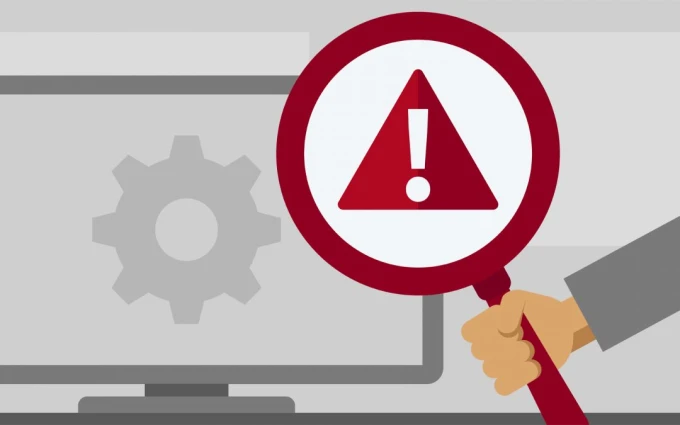When delving into the world of networking, programming, or IT administration, you’ll likely encounter terms like 127.0.0.1:49342 or 127.0.0.1:57573. This notation holds significant meaning for professionals and enthusiasts in understanding local network communication, debugging, and system processes. This article explores the technical details, real-world applications, and the importance of such addresses in computing environments.
What is 127.0.0.1?

The IP address 127.0.0.1 is universally recognized as the “loopback” address or “localhost.” It is part of the IPv4 standard and is reserved for communication within the host machine.
Key Characteristics of 127.0.0.1:
- Loopback Address: Enables testing of network software and services on the same device without sending packets through an external network.
- Isolation: Useful for development environments as it doesn’t interact with live servers or external connections.
- Universal Recognition: Built into all modern operating systems, ensuring consistent behavior.
When paired with a port number (like 49342), it becomes part of a complete endpoint for communication.
What is 49342 in 127.0.0.1:49342?

The 49342 component is a port number. In networking, ports act as logical access points for applications to send and receive data. The combination of an IP address and a port number uniquely identifies a network service.
Port Numbers Explained
- Range: Port numbers range from 0 to 65535.
- Categories:
- Well-Known Ports (0–1023): Reserved for system-level or widely used protocols (e.g., HTTP on port 80).
- Registered Ports (1024–49151): Used for specific applications.
- Dynamic/Private Ports (49152–65535): Typically assigned temporarily for client-side connections.
In this case, 49342 falls into the dynamic/private port range, likely indicating it was assigned for a temporary process.
Use Cases for 127.0.0.1:49342
Understanding this combination can be critical in several scenarios:
1. Debugging and Development
Developers often rely on loopback addresses for local testing of applications. By running a server on 127.0.0.1 with a specific port, they can:
- Isolate changes without affecting external systems.
- Test API endpoints, database connections, and microservices locally.
2. Running Local Servers
Many local servers (like Node.js, Python Flask, or Apache) bind to 127.0.0.1 for hosting web applications during development. A port like 49342 allows developers to access these services via a browser or command line.
3. Security and Privacy
Using localhost ensures that communications stay within the same machine, preventing unauthorized access from external networks.
4. Custom Applications
Applications that require inter-process communication (IPC) within the same system often use loopback addresses with dynamically assigned ports like 49342.
How 127.0.0.1:49342 Works
To better understand how this works, let’s break it down step-by-step:
- Application Initiates Connection: When an application starts, it requests the operating system to allocate a port.
- Binding to Address: The application binds to the IP address (127.0.0.1) and the assigned port (49342).
- Data Exchange: Any data sent to 127.0.0.1:49342 is routed back to the same system, where the application processes it.
For instance, if you’re running a local web application, typing http://127.0.0.1:49342 into your browser opens the application served at that address.
SEO Benefits of Understanding 127.0.0.1:49342
If you’re in IT or technology blogging, writing about technical topics like 127.0.0.1:49342 can attract a niche audience. Here’s how you can optimize your content for search engines:
1. Targeted Keywords
- Primary Keyword:
127.0.0.1:49342 - Related Keywords:
localhost testing,loopback address,dynamic port allocation,network debugging.
2. Semantic Optimization
Incorporate related phrases and questions such as:
- What is a localhost?
- How do dynamic ports work?
- Importance of loopback testing in development.
3. Structured Content
Organize your article with headings, bullet points, and visuals to improve readability and engagement.
4. User Intent
Ensure the content addresses the needs of developers, IT professionals, or curious learners looking to understand networking basics.
Common Issues and Troubleshooting

When working with 127.0.0.1:49342, you might encounter challenges like:
1. Port Conflicts
If another application is using port 49342, your service won’t bind successfully. Solution:
- Use tools like
netstatorlsofto identify processes occupying the port. - Assign a different port manually.
2. Firewall Restrictions
Some security settings block localhost traffic. Adjust firewall or security software to allow local connections.
3. Misconfigurations
Incorrect binding of IP or port can lead to errors. Double-check configuration files for accuracy.
127.0.0.1:49342 in Real-World Applications
- Web Development: Running local environments using tools like XAMPP or Docker.
- Game Development: Testing multiplayer functionalities locally.
- Database Management: Accessing local databases for analytics and reporting.
- Cybersecurity: Simulating attacks or testing defenses in a controlled environment.
Conclusion
The combination of 127.0.0.1:49342 represents more than just an address; it’s a gateway to understanding how local systems communicate. Whether you’re a developer testing applications, a system administrator troubleshooting ports, or a cybersecurity enthusiast experimenting in a sandbox, grasping this concept is crucial.
Embrace the technical intricacies, and you’ll unlock better efficiency in development and debugging processes while staying ahead in the ever-evolving tech landscape.
